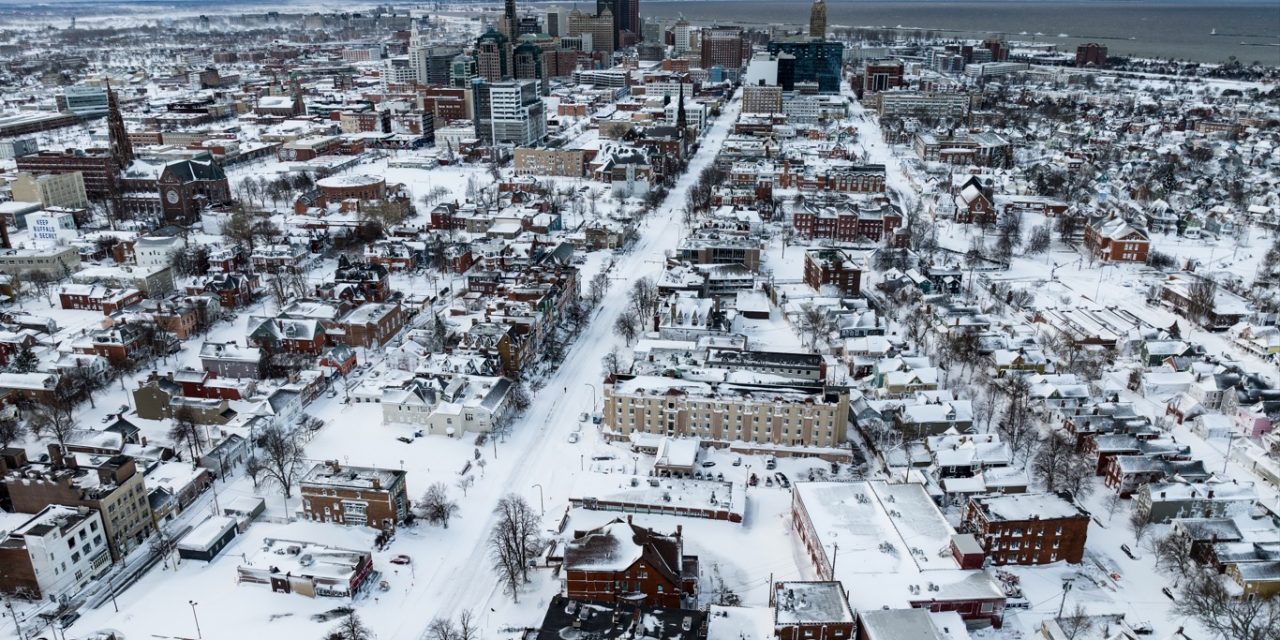A powerful snowstorm is expected to cause significant disruptions next week, stretching from the southern Plains to the Northeast. If it reaches its full potential, it could bring the heaviest snowfall of the season for millions.

JOED VIERA/AFP/METSUL METEOROLOGIA/FILE
Two key factors will contribute to the storm’s intensity: an influx of Arctic air and its position as the last in a series of February storms, which tend to be the strongest.
As mild temperatures persist in the southeastern U.S., a mass of frigid air from northern Canada will push southward, bringing some of the coldest conditions of the winter to the Plains, Midwest, and Northeast. This Arctic outbreak will also trigger lake-effect snow early in the week.
A storm system in the upper levels of the atmosphere over the Midwest will be a crucial component. If it merges with another system moving from the Northwest into the southern Plains, it could lead to heavy snowfall in the East. This meteorological process, known as “phasing,” often results in major storms in the Northeast, with strong winds and significant precipitation characteristic of a nor’easter.
Even if the two systems do not fully merge, a swath of light to moderate snowfall is still likely from the southern Plains to the Atlantic coast. The location and intensity of the snowfall will depend on where the second storm develops after crossing the Rockies.
There are two primary regions where snowfall could exceed 15 cm: one in parts of Kansas and Oklahoma, where the dry, powdery snow will accumulate, and another from the central Appalachians to the mid-Atlantic and New England, where abundant moisture from the Gulf and Atlantic will enhance snowfall totals.
If the storm weakens, it could take a more southerly track, bringing snow or a wintry mix followed by freezing temperatures as far south as parts of the I-20 corridor.
Once the storm moves offshore, a surge of strong winds and bitter cold could spread from the Great Lakes to the Northeast. This could keep temperatures low across the Central and Southeastern states, despite the typically moderating effect of February sunshine




